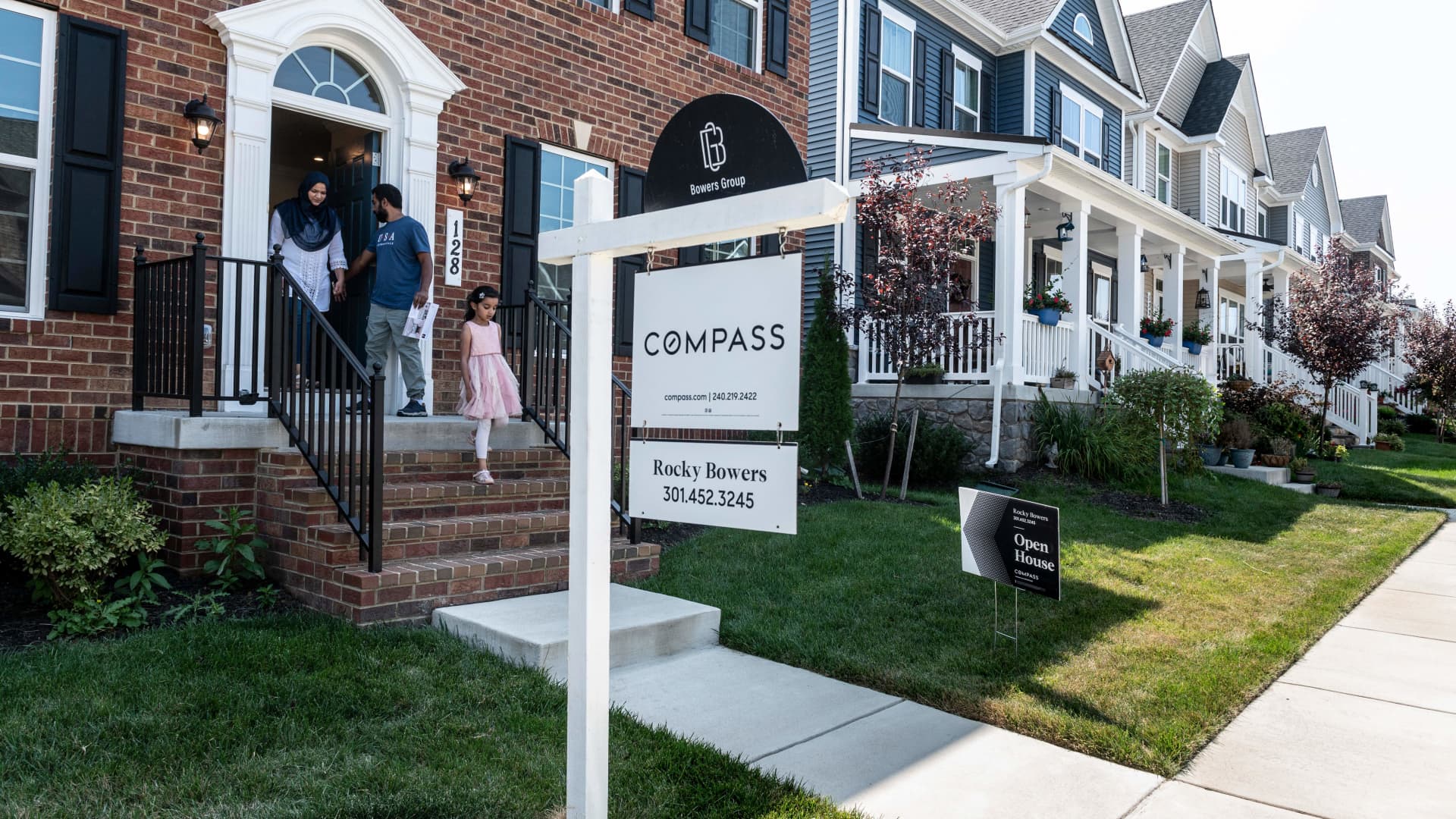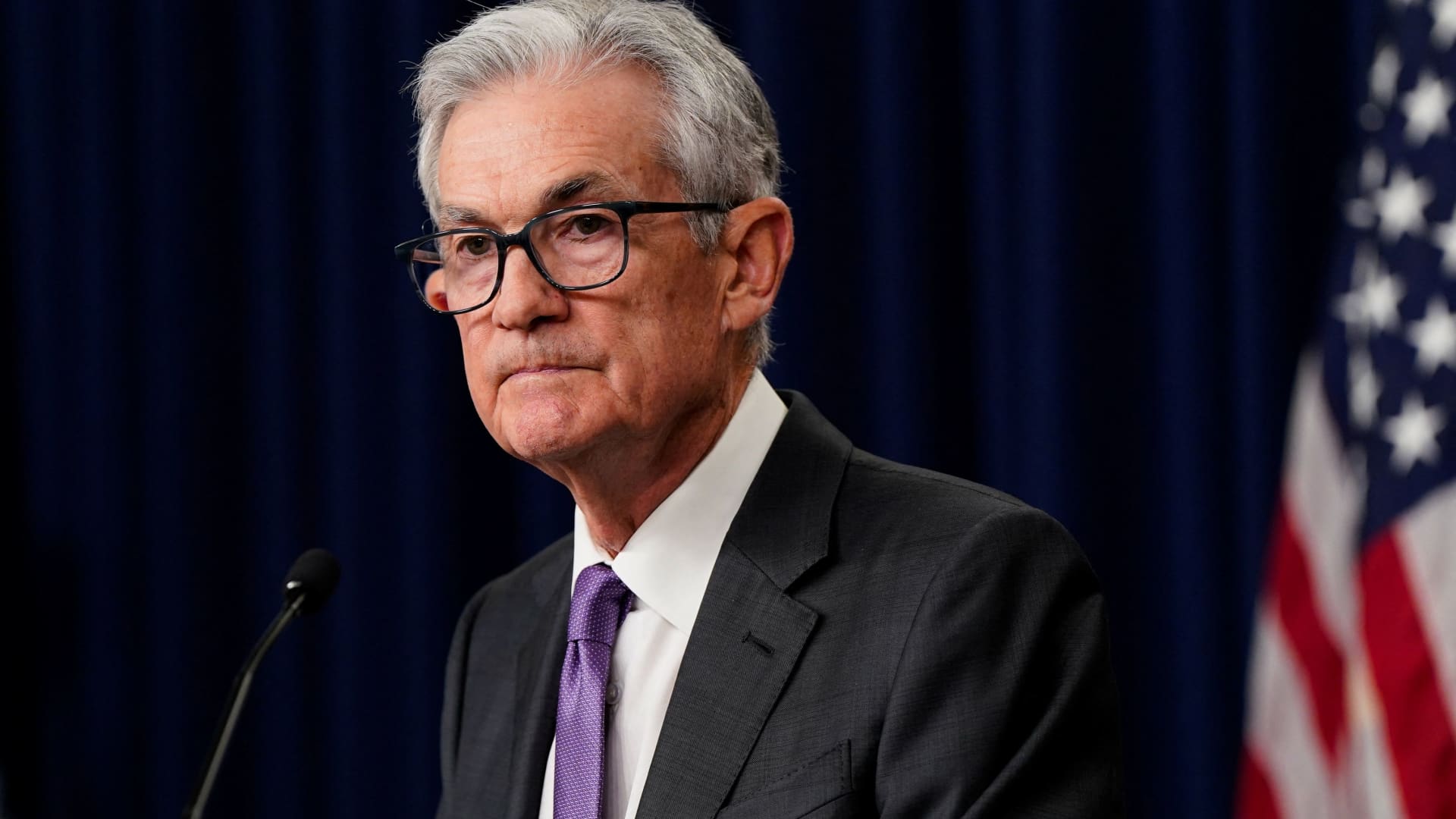The spring real estate market defies expectations that prices would fall and competition would decrease.
Higher mortgage rates typically dampen both prices and demand, as they did last year, but that’s not the case now. There are still too few homes for sale because current homeowners cannot afford to move, keeping prices high.
According to CoreLogic, house prices in February were 5.5% higher than in February last year. This year-over-year comparison is down slightly, but the price increase from January to February was almost double the normal rate for this time of year, suggesting the market started strong this spring despite higher interest rates.
The average interest rate for a 30-year fixed-rate mortgage reached its most recent peak in October, briefly exceeding 8 percent. It then fell back into the 6% range for much of December and all of January. In February it rose again by over 7%, which should have cooled the market.
But sales of newly built homes, counted by contracts signed during the month, were nearly 6% higher year-on-year in February. Pending sales of existing homes, also based on signed contracts, fell 7% this month compared to last year, but this was not due to a lack of demand.
Lock-in effect
The real problem in today’s real estate market is the lack of supply. There are more new listings this spring than last year, but supply is still 40% below pre-pandemic levels.
That’s partly because current homeowners suffer from a lock-in effect: They don’t put their homes up for sale because the cost of moving them is so high.
In the 22 years before the Federal Reserve began raising interest rates in 2022, an upgrade to a home that was 25% more expensive would have increased the average homeowner’s monthly principal and interest payment by 40%, or about $400 on average, they said Data from ICE Mortgage Technology. Moving to a similar house across the street wouldn’t change their pay at all.
In stark contrast, today the average homeowner with a near-record low mortgage rate would have to increase their monthly payments by 132%, or about $1,800, to move into a home that is 25% more expensive. According to ICE, purchasing the same home they live in now would increase their monthly payment by 60%.
These increases represent national averages and may vary from market to market. For example, a move up would increase a homeowner’s monthly payment in Buffalo, New York by $604, a 108% increase; and $4,517 in San Jose, California, a 161% increase, according to ICE data.
“Lower interest rates would make calculations easier for many and moves more sensible. But the net result continues to be that there are too few homes for too many buyers,” said Andy Walden, ICE vice president of corporate research. “Until this fundamental mismatch is resolved, supply and demand will continue to put pressure on both inventory and affordability.”
What interest rate would open the market?
If interest rates fell to 6%, the monthly increase in payments for trading on a home up to 25% more expensive would drop from an average increase of 103% to 88% – a modest but welcome improvement, according to Walden.
If interest rates fell to 5%, an increase would require a 68% higher payment, still much higher than the long-term average of 39%, but perhaps enough to motivate someone with a compelling need or desire to upgrade.
While not all borrowers have record-low interest rates, more do in expensive markets because the breakeven point on the cost of refinancing is typically lower for higher balance borrowers and therefore they have more incentive to do so. They also likely have larger loan balances, so switching to a higher interest rate would be even more costly. For this reason, the lock-in effect is stronger in much of California, where homes are most expensive.
According to Redfin, the vast majority of borrowers today, 88.5%, have mortgages with interest rates below 6%. About 59% have interest rates below 4%, and nearly 23% of homeowners have interest rates below 3%.
These shares are slightly lower than last year because some people decided to move last year, but it shows what the market is struggling with, especially given high and still rising property prices.
A new report from Zillow shows that there are now a record 550 “million dollar” cities in the U.S. – cities where the typical home is worth a million dollars or more. That’s 59 more cities with a million inhabitants than in 2023, when property values fell due to rising mortgage rates.
Source link
2024-04-02 15:30:48
www.cnbc.com















